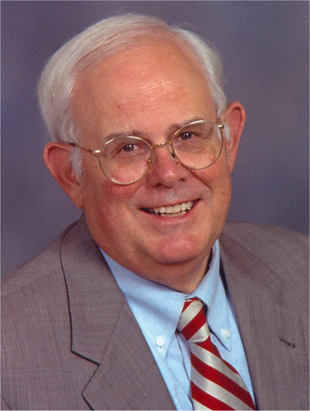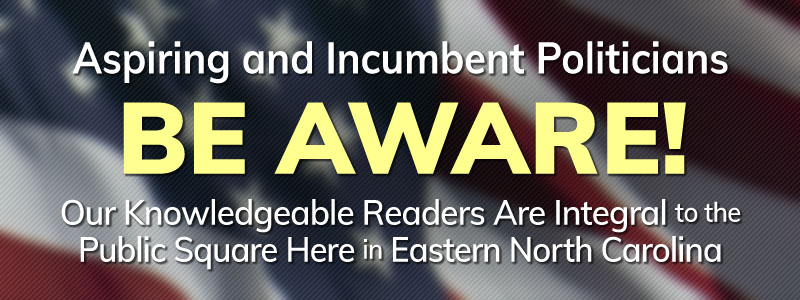Publisher's note: My apologies to our readers, and some of our contributors, for not keeping BCN as current, during the last few days, as we normally do. On rare occasions, this may occur due to events within and beyond my control; however, please be aware of these immutable truths: BCN is a huge site, with an abundance of content that has a long shelf life, and also, BCN is nearly always at the optimum functioning level of the very best informational sites available anywhere.
Because of our unsurpassed functionality, we remain vigilant in our efforts to provide the simplicity of perfect navigation for you to take this opportunity, of limited current content, to explore BCN, and discover what many folks do every day through finding us by search, and keeping our traffic levels at some of the highest levels in eastern North Carolina.
We thank-you now for your patience, and we thank-you, in advance, for your continued patronage.
Today's political lexicon identifies states that vote Republican as red states, while states voting Democratic are blue. Until recently North Carolina was undeniably blue but a current description might color us purple, the result from mixing the two colors together.
When I first started
covering North Carolina politics there were three Democrats registered to every one Republican; whoever won the Democratic primary was assured of victory in the General Election. Notable exceptions included Governors Jim Holshouser and Jim Martin, the first Republican governors elected in the 20th century. Democrat Jimmy Carter won North Carolina in 1976, but it was 32 years before another presidential Democrat carried our state. Even as our state elected officers were overwhelmingly Democrats, our Congressional delegation grew more balanced and we elected Republicans Jesse Helms, John East, Lauch Faircloth, Elizabeth Dole and Richard Burr to the U.S. Senate.
Voter registration numbers point to a growing parity. Latest results from the State Board of Elections show 43 percent registered as Democrats, 31 percent registered Republican and 25 percent who are unaffiliated. In the past twenty years we've witnessed growth in the percentage of Republican registrations, a real decline in the percentage of Democratic registrations and a dramatic increase in unaffiliated registrations.
Why have so many voters opted not to affiliate with either major party? No doubt many found themselves increasingly uncomfortable in party shifts to the far left or far right. Our history demonstrates we favor moderate to slightly conservative politicians. But the big migration toward unaffiliated registrations started when North Carolina Republicans, wanting to level the playing field and win elections, allowed unaffiliated voters to vote the Republican ballot in primary contests. Democrats unwisely followed suit, with the unintended consequence that unaffiliated voters could choose to vote either the Republican or Democratic ballot in primary elections. Until that time Republicans offered few candidate choices in the primaries, so if a voter wanted to have a say in selecting nominees the best option was to be a registered Democrat. We became less blue and more red, but not neither color exclusively.
What color will we be after the November 6th election? Polling data indicates widespread voter dissatisfaction with Republican legislative leadership as well as with Democratic gubernatorial direction, but the recent redistricting process, in which Republicans gerrymandered districts, points to the likelihood that the GOP will remain in control of the General Assembly, perhaps increasing their plurality in the House. Much as they would like, die-hard Democrats are hard pressed to paint a picture showing their party retaining control of the Governor's office. Council of State and judicial contests are more problematic to predict and the presidential contest is a statistical toss up. All might sway our color choices in this election.
Even if there is an extremely strong Republican outcome we would caution against declaring ourselves a red state. There are real advantages to not wearing either party's uniform, as we are seeing in this election cycle when national politicians are spending time and money in our state. When parties and candidates take voters for granted they are less likely to listen to our voices and heed our concerns. We like selecting the candidates, not the party, when casting our vote. The color purple seems to wear quite well.
Publisher's note: Tom Campbell is former assistant North Carolina State Treasurer and is creator/host of NC SPIN,
a weekly statewide television discussion of NC issues airing Sundays at 11:00 am on WITN-TV.
Contact Tom at NC Spin.


























